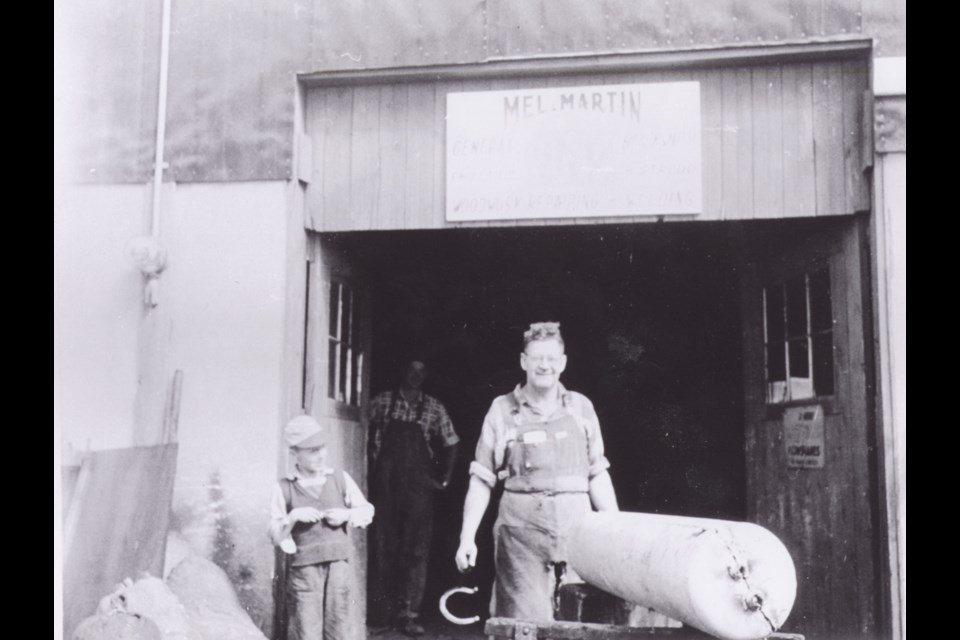No pioneering community would be complete without a blacksmith shop.
Around the crackling flames of the forge, hammering upon the anvil, the village blacksmith was an integral part of any developing community.
Among the first Innisfil blacksmiths for whom we have documentation was Thomas McCullough, who began practising in the mid-1840s and prospered for decades. He did much work for the Ontario, Simcoe and Huron Railway when tracks were laid north from Bradford to Barrie in the early 1850s.
While shoeing horses was part of any blacksmith’s job description, they did much more. They could make nails and essential wrought-iron cooking wares, mend a harrow or plow, and forge tools or hinges. If the machinery at the local mill needed repair, the blacksmith was the one to call on. Rough roads would quickly wear down the iron rims on wooden wheels, which were then brought to the smith for repair. Many blacksmiths would even make repairs on the wagons themselves.
The tools of the trade were many and varied: the anvil on which the iron was beaten into shape, the bench, fitted with a vice for holding work that required filing, the tongs with which red-hot metal was held, and, of course, the hammer for beating the metal into shape.
The stereotypical blacksmith in the popular imagination was tough as nails. This was often far from the fact, however. Many were bright and articulate, becoming leaders in the community and proud to keep apace of technology so they could make repairs to industrial machinery.
The transition from horse to machine on the farm and even along the rural roads was a gradual one and, therefore, blacksmiths in Innisfil remained behind the forge well into the 20th century and after the dawn of the automobile age. Many even saw a resurgence in business during the Depression, when vehicles were parked due to the expense of gasoline.
But time stands still for no man and, with each passing year, blacksmiths dwindled in number. Mel Martin, of Stroud, endured longer than almost anyone. He continued practising his craft until the early 1960s. By then, the day of the blacksmith had drawn to a close.



